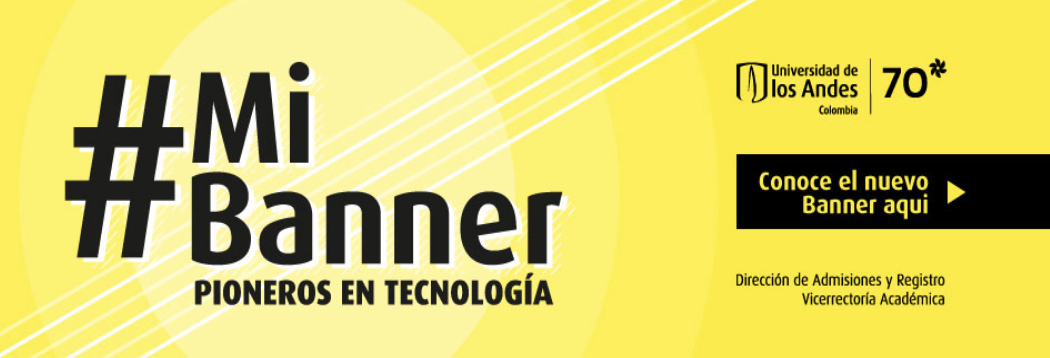Upon completion of the Dinosaurs CBU, you the student will be able to discuss what a dinosaur is (and what it is not), to interpret dinosaurs as living organisms, and debate key questions relating to their history, lifestyle, extinction, and position in society today.
In detail:
To recognise different groups of dinosaurs, when they lived, to know their key distinguishing features, and to name relevant genera, and how the perception of dinosaurs has changed through time. This is to recognise dinosaur diversity, anatomy and morphology.
To integrate information from the fossil record to interpret dinosaurs as living organisms, interpret their morphology, in terms feeding, strategies, locomotion, physiology, reproduction and development (ontogeny) and growth, and thereby determine the likely mode of life. How thinking about dinosaurs have been perceived through time. This is to debate dinosaur palaeobiology.
Use information from dinosaurs and their diversity in particular ecosystems, together with other preserved fossil organisms, to propose possible ecological interactions. How thinking about dinosaur interactions has changed with time. This is to discuss dinosaur palaeoecology.
Use the fossil record to provide compelling arguments for dinosaur fossils as key evidence for the reality of Biological Evolution. To express clearly the evolutionary history of dinosaurs, to recognise changes in dinosaur faunas through time, and articulate the main scientific theories as to why the non‐avian dinosaurs became extinct. How revolutions in scientific thinking have changed society. This is to debate dinosaur evolutionary history, phylogeny, and extinction.
To work independently and contribute to shared goals within a team, by respectfully sharing your ideas and carefully listening to the ideas of others. To search for and cite the primary scientific research literature, to use logical inferences to analyse and interpret data on dinosaurs, and to generate your own ideas through basic research. Reflect on and communicate your findings orally and in writing. These are transferable skills.
CBPC-1240 Life and times of the Dinosaurs
0( 0 RESEÑAS )
0 ESTUDIANTES
Instructors
0 STUDENTS ENROLLED



